Patagonia’s fleece, first introduced in 1979, remains a cornerstone of outdoor apparel. Proper care ensures its performance and longevity, aligning with Patagonia’s commitment to sustainability and durability.
Overview of Patagonia Fleece
Patagonia’s fleece is a cornerstone of outdoor apparel, blending warmth, durability, and comfort; Since its debut in 1979, it has evolved to meet diverse needs while maintaining high performance. Proper care is essential to preserve its quality and extend its lifespan, ensuring it remains a reliable choice for adventurers and everyday use alike.
Importance of Proper Washing
Proper washing is crucial to maintain the performance and longevity of Patagonia fleece. Incorrect methods can damage the fabric, reduce its insulating properties, or cause pilling. Regular, gentle cleaning prevents dirt buildup, which can degrade the material over time. By following care guidelines, you ensure your fleece remains soft, warm, and durable, aligning with Patagonia’s commitment to quality and sustainability.
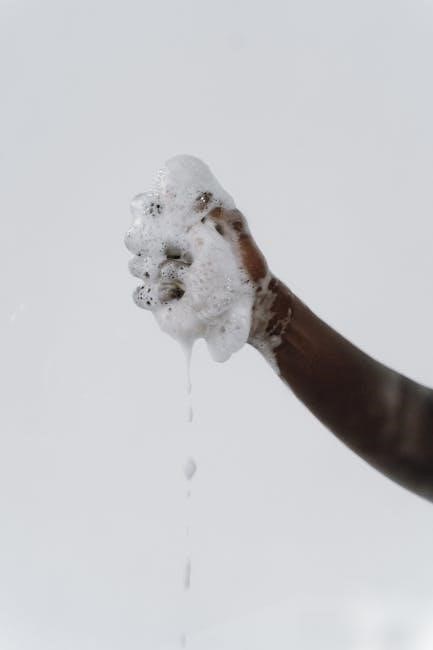
Understanding Patagonia Fleece Fabric
Patagonia fleece, introduced in 1979, is crafted from high-quality synthetic materials, often blended with recycled polyester. It offers lightweight warmth, durability, and moisture-wicking properties, making it ideal for outdoor activities.
Types of Fleece Used by Patagonia
Patagonia offers various fleece types, including lightweight R1, mid-weight R2, and heavyweight R3; Each provides unique warmth and versatility for different activities. They also use recycled polyester in their fleece, aligning with environmental goals. These fabrics are designed to withstand outdoor conditions while maintaining comfort and performance, making them suitable for a wide range of uses and preferences.
Special Features of Patagonia Fleece
Patagonia fleece stands out with its innovative designs, such as two-sided fabric for versatility and recycled materials that reduce environmental impact. These features enhance durability and comfort, making the fleece ideal for both casual and extreme outdoor use. The integration of sustainable practices ensures that each garment not only performs well but also supports eco-friendly initiatives, aligning with Patagonia’s commitment to environmental responsibility and quality.
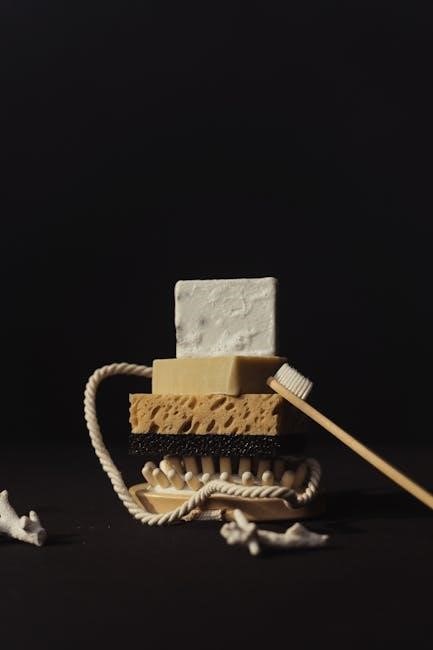
Basic Washing Instructions
Patagonia fleece requires gentle care to maintain its quality. Always check the care label, use a mild detergent, and avoid harsh chemicals or bleach. Air drying is recommended to preserve its softness and durability, ensuring the fleece remains a reliable choice for outdoor adventures while aligning with sustainable practices.
Checking Care Labels
Always begin by examining the care label on your Patagonia fleece. These labels provide specific instructions tailored to the fabric type, ensuring optimal cleaning and preservation. Ignoring them can lead to damage or reduced performance. Patagonia’s labels often include symbols or written guidelines, such as recommended wash cycles, temperature settings, and drying methods. Adhering to these instructions helps maintain the fleece’s quality and extends its lifespan while supporting environmental sustainability.
Sorting and Preparing Fleece
Sort your Patagonia fleece by color and fabric type to prevent bleeding or damage. Check for stains and pre-treat them before washing. Empty pockets to avoid damage or loss of items. Unzip all zippers and unfold the fleece to ensure even cleaning. This preparation step ensures a more effective wash and helps maintain the fleece’s quality and appearance over time.

Pre-Treatment and Stain Removal
Pre-treating stains on Patagonia fleece is essential for maintaining its performance. Gently blot spills with a clean cloth, then apply a mild detergent to the affected area before washing.
Identifying Common Stains
Common stains on Patagonia fleece include food spills, mud, sweat, and oil-based substances. Identifying the type of stain is crucial for effective removal. Food and mud stains are typically surface-level, while sweat and oil penetrate deeper. Blot spills immediately to prevent setting. For tough stains, pre-treatment is essential before washing. Quick identification ensures the right cleaning method is applied, preserving the fleece’s quality and appearance.
Recommended Pre-Treatment Methods
Pre-treating stains on Patagonia fleece is essential for effective removal. Blot spills with a clean cloth to absorb excess moisture. Apply a mild detergent or stain remover directly to the affected area. Gently massage the solution into the fabric using a soft brush or your fingers. Allow the treatment to sit for 10–15 minutes before washing. Avoid using harsh chemicals or abrasive scrubbers, as they may damage the fleece. For oil-based stains, apply a small amount of dish soap or pre-treatment spray. Always test a small, inconspicuous area first to ensure the product doesn’t discolor the fabric. This method ensures stains are addressed before washing, preventing them from setting in and maintaining the fleece’s softness and appearance.
Washing Methods
Patagonia fleece can be washed by hand or machine. Use a gentle cycle with cold water and a mild detergent to preserve its softness and warmth.
Machine Washing Guidelines
For machine washing Patagonia fleece, use a front-loading washer or a top-loader without an agitator. Select a gentle cycle with cold water to prevent damage. Avoid using fabric softeners or bleach, as they can degrade the fleece’s performance. Place the garment in a mesh laundry bag for extra protection. Check the care label for specific instructions, as some fleeces may require special handling. Turn the fleece inside out before washing to reduce pilling. Use a mild detergent designed for synthetic fabrics, and opt for eco-friendly options to align with Patagonia’s sustainability values. Ensure the detergent is fully dissolved before adding the fleece to the wash cycle. Avoid overloading the machine, as this can cause unnecessary wear. Once the cycle is complete, promptly remove the fleece to prevent creasing or stretching. Following these guidelines helps maintain the fleece’s softness, warmth, and durability, ensuring it remains a reliable outdoor companion for years to come.
Hand Washing Techniques
For hand washing Patagonia fleece, use cold water and a mild detergent. Gently agitate the water, then submerge the fleece, working the soap into a lather. Avoid soaking for extended periods. Rinse thoroughly to remove all detergent residue. Do not wring or twist the fabric, as this can cause stretching or damage. Lay the fleece flat on a clean towel to air dry, reshaping it to maintain its original form. This method is ideal for delicate or heavily soiled areas, ensuring the fleece retains its softness and insulation properties. Hand washing is a gentle alternative to machine washing, preserving the garment’s quality and extending its lifespan.
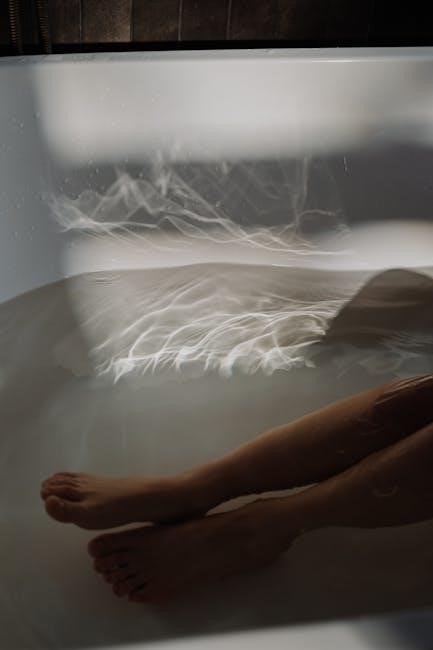
Drying Instructions
Proper drying is crucial for maintaining Patagonia fleece quality. Air drying is recommended to prevent shrinkage and retain loft. If machine drying, use a low heat setting. Remove excess moisture before drying to prevent odors and ensure the fleece retains its insulation properties. Reshape the garment while damp to preserve its original form and fit.
Air Drying vs. Machine Drying
Air drying is the preferred method for Patagonia fleece to preserve its loft and softness. Machine drying can be used but requires a low heat setting to prevent shrinkage and pilling. Air drying avoids high heat damage, maintaining the fleece’s insulation properties. Remove excess moisture before drying to prevent odors. Reshape the garment while damp to retain its original form and fit.
Reshaping and Flattening Fleece
Reshaping and flattening Patagonia fleece after washing is crucial to maintain its appearance and performance. Lay the fleece flat on a clean, dry surface, reshaping it to its original dimensions. Smooth out wrinkles gently to prevent creases. Avoid hanging, as it may stretch the fabric. This step ensures the fleece retains its loft, softness, and insulation properties, keeping it looking like new for years to come.
Maintaining Fleece Quality
Proper care is essential to preserve Patagonia fleece’s softness and insulation. Avoid over-washing, as it can degrade the fabric. Use gentle techniques to maintain its quality and longevity.
Avoiding Over-Washing
Avoiding over-washing is crucial to maintain Patagonia fleece’s quality. Excessive washing can lead to pilling, reduced softness, and insulation loss. Spot clean stains and wash only when necessary. Use gentle cycles and mild detergents to preserve the fabric. Air drying instead of machine drying prevents wear and tear. This approach extends the fleece’s lifespan and aligns with Patagonia’s eco-friendly values, reducing environmental impact.
Restoring Fleece Softness
To restore Patagonia fleece softness, avoid harsh detergents and fabric softeners, as they can leave residues. Use mild detergents and gentle wash cycles. Air drying is best, as machine heat can degrade softness. For extra care, reshape fleece while damp to maintain texture. Avoid bleach, as it can damage fibers. Regularly washing in cold water helps preserve softness and insulation.
Common Mistakes to Avoid
Using high heat, harsh detergents, and over-washing can degrade Patagonia fleece quality. Avoiding these mistakes helps preserve softness, insulation, and durability, ensuring optimal performance for years.
Using Incorrect Detergents
Using incorrect detergents can harm Patagonia fleece by stripping its water-repellent coating and damaging the fabric. Avoid harsh chemicals, bleach, or fabric softeners, as they degrade performance. Opt for mild, eco-friendly detergents designed for synthetic materials to preserve softness, insulation, and durability, aligning with Patagonia’s environmental ethos and ensuring longevity.
High Heat and Its Effects
High heat can damage Patagonia fleece by shrinking the fabric, breaking down synthetic fibers, and compromising its insulating properties. Excessive heat exposure can also cause pilling or fuzzing, reducing durability. To maintain performance, avoid using hot water or high-heat drying settings, as they can irreparably harm the material and shorten its lifespan.

Special Care for Different Fleece Types
Patagonia offers various fleece types, each requiring tailored care. Synthetic fleece needs gentle cycles, while blended fleece may tolerate slightly higher heat, ensuring optimal performance and longevity.
Synthetic Fleece Care
For synthetic fleece, use a gentle wash cycle with cold water to prevent pilling. Avoid fabric softeners, as they reduce breathability. Mild detergents are recommended to maintain texture. Air drying is ideal, but if machine drying, use low heat. Regular washing can break down synthetic fibers, so spot clean when possible. Proper care extends the life and performance of synthetic fleece, ensuring it remains soft and durable.
Blended Fleece Care
Blended fleece combines synthetic and natural fibers, requiring balanced care. Wash in cold water using a mild detergent to preserve softness. Avoid fabric softeners, as they can degrade performance. Gently reshape while wet to maintain fit. Air drying is recommended, but if machine drying, use low heat. Avoid over-drying to prevent pilling and maintain breathability. Regular care ensures blended fleece remains durable and comfortable for years.

Environmental Considerations
Eco-friendly washing practices help reduce Patagonia fleece’s environmental impact. Using cold water and mild detergents minimizes microplastic shedding, aligning with Patagonia’s commitment to sustainability and reducing ecological footprints.
Eco-Friendly Washing Practices
Adopting eco-friendly washing practices for Patagonia fleece helps minimize environmental impact. Use cold water to reduce energy consumption and prevent microplastic shedding. Opt for mild, biodegradable detergents free from harsh chemicals. Avoid fabric softeners and bleach, as they can harm both the fleece and the environment. Consider using a Guppy bag to catch microplastics during washing. Air drying instead of machine drying further reduces energy use and preserves fleece quality.
Reducing Microplastic Shedding
To minimize microplastic shedding from Patagonia fleece, wash items in a mesh laundry bag to catch loose fibers. Use cold water and mild detergents, avoiding fabric softeners and bleach. Air drying instead of machine drying reduces friction and shedding. Patagonia recommends these practices to align with their environmental goals and reduce microplastic release into water systems, promoting sustainability.

Troubleshooting Common Issues
Address common issues like pilling, odor, and loss of softness by following Patagonia’s care guidelines. Proper washing and drying techniques help maintain fleece quality and sustainability.
Removing Odors
Patagonia fleece can develop odors due to sweat and wear. To remove smells, pre-treat with a solution of water and mild detergent before washing. For persistent odors, soak the fleece in cold water with a small amount of vinegar. Avoid using fabric softeners, as they can trap odors. Wash in cold water using a gentle detergent, and air dry to maintain softness and prevent odor buildup.
Fixing Pilling or Fuzzing
To address pilling or fuzzing on Patagonia fleece, use a gentle lint roller or fabric shaver to remove loose fibers. Wash the fleece inside out to reduce friction. Avoid using fabric softeners, as they can exacerbate pilling. Air dry instead of machine drying, as high heat can damage the fabric. Regular maintenance helps preserve the fleece’s texture and appearance over time.
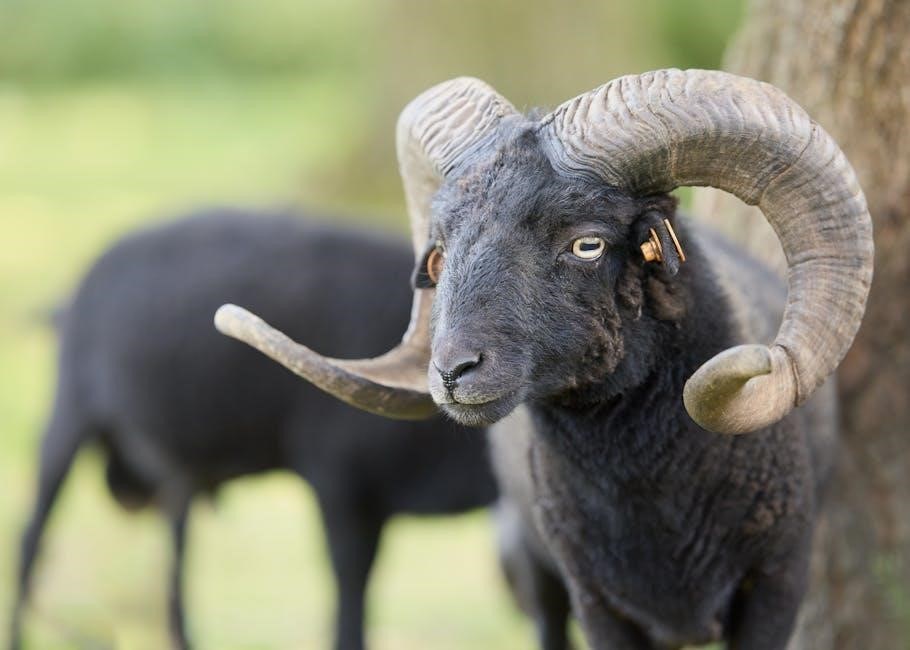
Storage Tips
Store Patagonia fleece in a cool, dry place, away from direct sunlight. Use breathable storage bags to prevent moisture buildup. Fold neatly to maintain shape and avoid creases.
Proper Folding Techniques
Proper folding techniques help maintain the shape and quality of Patagonia fleece. Lay the fleece flat and fold it in thirds or roll it to prevent stretching. Avoid tight folds that can create creases. Store in a breathable bag or on a shelf to ensure airflow and prevent moisture buildup. This method preserves softness and extends the garment’s lifespan.
Storing Fleece Long-Term
For long-term storage, place Patagonia fleece in a cool, dry, well-ventilated area. Use breathable containers or cloth bags to prevent moisture buildup. Avoid direct sunlight and heat sources, as they can degrade the fabric. Clean the fleece before storing to prevent odors and stains. Lay it flat or fold neatly to maintain shape. Regularly check for signs of pilling or wear to ensure longevity.
Patagonia’s Worn Wear Program
Patagonia’s Worn Wear Program promotes repairing and reusing fleece, reducing waste. Since 1979, Patagonia has innovated fleece, encouraging sustainable care and extending its lifespan through proper maintenance.
Repairing vs. Replacing Fleece
Patagonia’s Worn Wear Program emphasizes repairing fleece to extend its life, reducing waste. Repairing small tears or worn areas is often more sustainable than replacing. However, if damage is extensive, replacing may be necessary. Patagonia encourages keeping gear in use longer, aligning with their environmental ethos and commitment to durability since their first fleece in 1979.
Sustainability Initiatives
Patagonia’s Worn Wear Program promotes sustainability by encouraging repair and reuse of fleece, reducing waste. Eco-friendly washing practices, like using mild detergents and cold water, help maintain fleece quality while minimizing environmental impact. These initiatives reflect Patagonia’s commitment to environmental responsibility, ensuring their fleece remains durable and sustainable since its introduction in 1979.
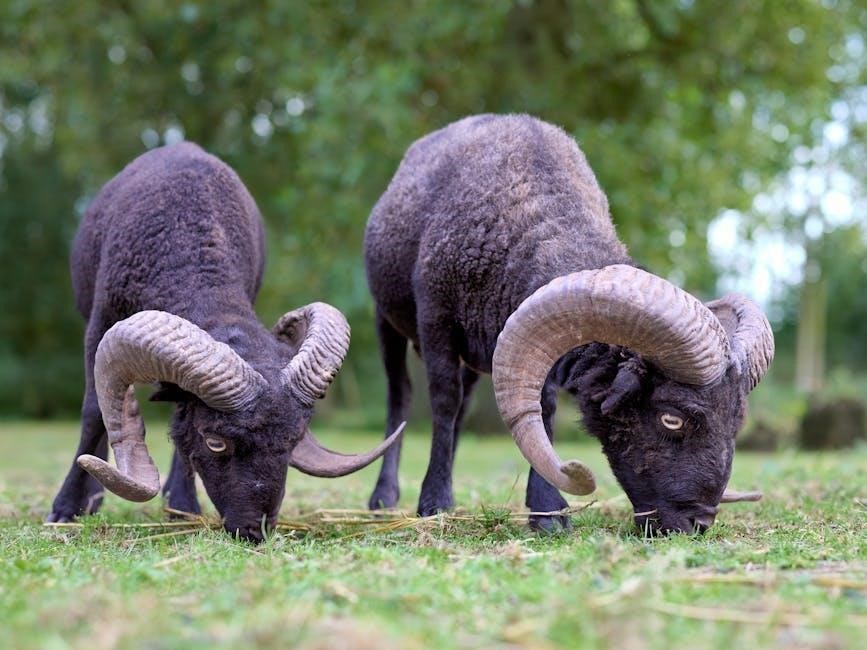
FAQs About Washing Patagonia Fleece
Patagonia’s fleece care FAQs address common concerns, ensuring optimal maintenance. Proper washing techniques preserve performance and extend lifespan, aligning with Patagonia’s commitment to durability and sustainability since 1979.
Can Patagonia Fleece Be Dry Cleaned?
Patagonia recommends avoiding dry cleaning for their fleece products. The harsh chemicals can damage the fabric and compromise its performance features, such as water resistance and breathability. Instead, opt for gentle machine washing with a mild detergent to preserve the fleece’s quality and longevity, aligning with Patagonia’s care guidelines for optimal maintenance.
How Often Should Fleece Be Washed?
Patagonia fleece should be washed only when necessary, as over-washing can degrade its performance. If used frequently, wash every 2-3 wearings. For light use, washing once a season suffices. Always check for odors or stains to determine washing frequency. Spot cleaning minor stains can extend time between washes, preserving the fleece’s quality and softness over time.
Proper care extends the life of Patagonia fleece, ensuring durability and performance. Follow guidelines to maintain its quality and support sustainable outdoor apparel practices for years to come.
For optimal care, always check care labels, use gentle detergents, and avoid high heat. Reshape fleece while damp and air-dry to maintain loft. Avoid over-washing, as it can degrade materials. Use eco-friendly practices to reduce microplastic shedding. Proper storage and timely stain treatment ensure longevity. Follow these guidelines to preserve performance, comfort, and sustainability of your Patagonia fleece.
Extending the Life of Patagonia Fleece
Avoid over-washing to prevent material degradation. Use gentle detergents and avoid fabric softeners, as they can reduce fleece’s loft. Air-dry instead of machine-drying to prevent shrinkage and damage. Reshape fleece while damp to maintain its form. Store in a cool, dry place away from direct sunlight to prevent fading and pilling. Proper care ensures years of warmth and performance.
Additional Resources
Visit Patagonia’s official website for detailed care guidelines and recommended cleaning products. Explore their sustainability initiatives to learn more about eco-friendly practices and product maintenance.
Patagonia’s Official Care Guidelines
Patagonia provides detailed care instructions to maintain fleece quality. They recommend using mild detergents, avoiding fabric softeners, and air drying to preserve performance. Reshape garments while damp and avoid high heat. Regularly cleaning and storing properly extends lifespan. Visit their website for specific guidance tailored to different fleece types and sustainability tips to keep your gear in prime condition.
Recommended Cleaning Products
For optimal care, use mild detergents specifically designed for synthetic fabrics. Nikwax Tech Wash is highly recommended for Patagonia fleece, as it maintains water-repellency and softness. Avoid fabric softeners, as they can degrade performance. Eco-friendly options like Seventh Generation or Woolite are also suitable. Always choose detergents free from harsh chemicals to preserve the fleece’s quality and extend its lifespan effectively.
